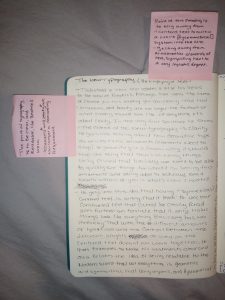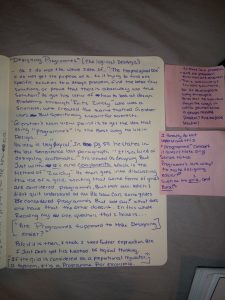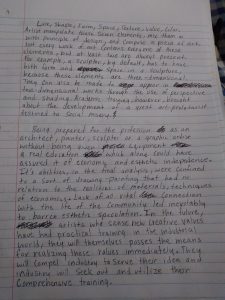From what read about Jan Tshichold and his idea about how to make a great design using typography. For example, in article it states “The function of printed text is communication, emphasis (word value), and the logical sequence of the contents.” I believe that what he trying to say that to express the idea it has to make sense so the people can understand what the idea is. After all, it has to give one message because if people think something else that means the message didn’t make sense and could cause issue. Not only that he talk about how that sometimes the old ideas need to replace with new ideas to make a better design. The reason why is that art is like this because if doesn’t follow today time it needs to change to follow. After all, Jan Tshicold idea of a good design that it needs to communicated with people and if doesn’t make a new design that actually help to communicate.
According to Karl Gerstner work and idea about programs that it has be done very organized. In the article it states that “But it is precisely in drawing up the scheme, in striving for perfection, that the work really lies.” From what I read he trying to say that similar to art and that to programing it needs to be organized. Not only that he talks about the box where it shows four ideas but it also tell the steps on how to make it work. With this it can help be organized with work that help to created a great design. Also, that he talks about comparing to a program and a grid that it can help to be organized but he also stated that something it could be difficult to process it together. Karl Gerstner idea of a good designs that to very organized and try something because sometimes it can help or be difficult but that is the process in making a great design.
Lastly Josef Muller-Brockmann also talks about grids but he goes more in depth how it can help created a good design. When he talks about the grid he stated, “… the designer’s work should have the clearly intelligible, objective, functional, and aesthetic quality of mathematical thinking.” He goes in depth saying that the grid should follow all this steps so the grid can help in making a great design. Not only that in the end of the article he gives out six ideas that how the system works but helps gives idea how it can help. Josef talks more of the grid but gives more detail how the grid will help make a great design.












